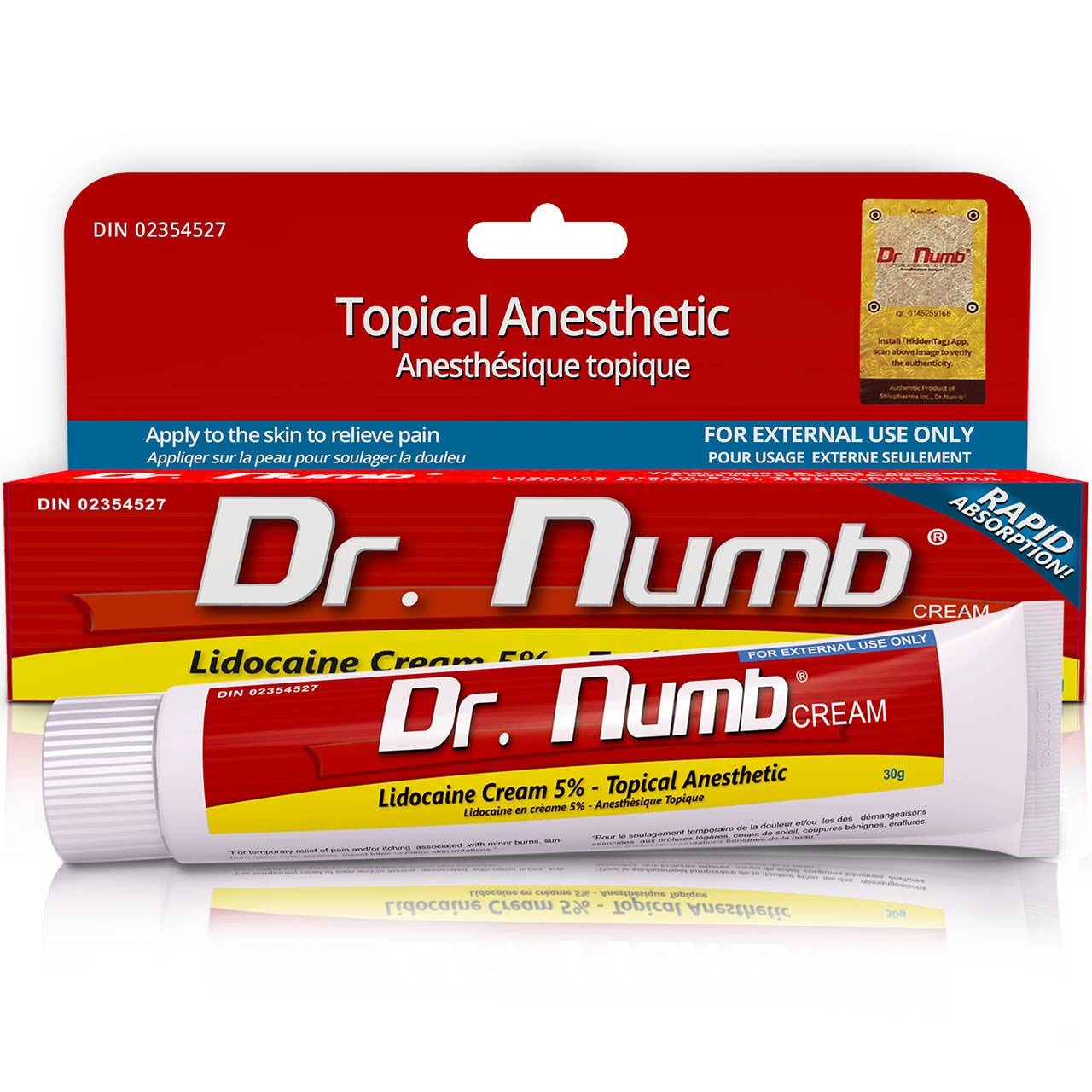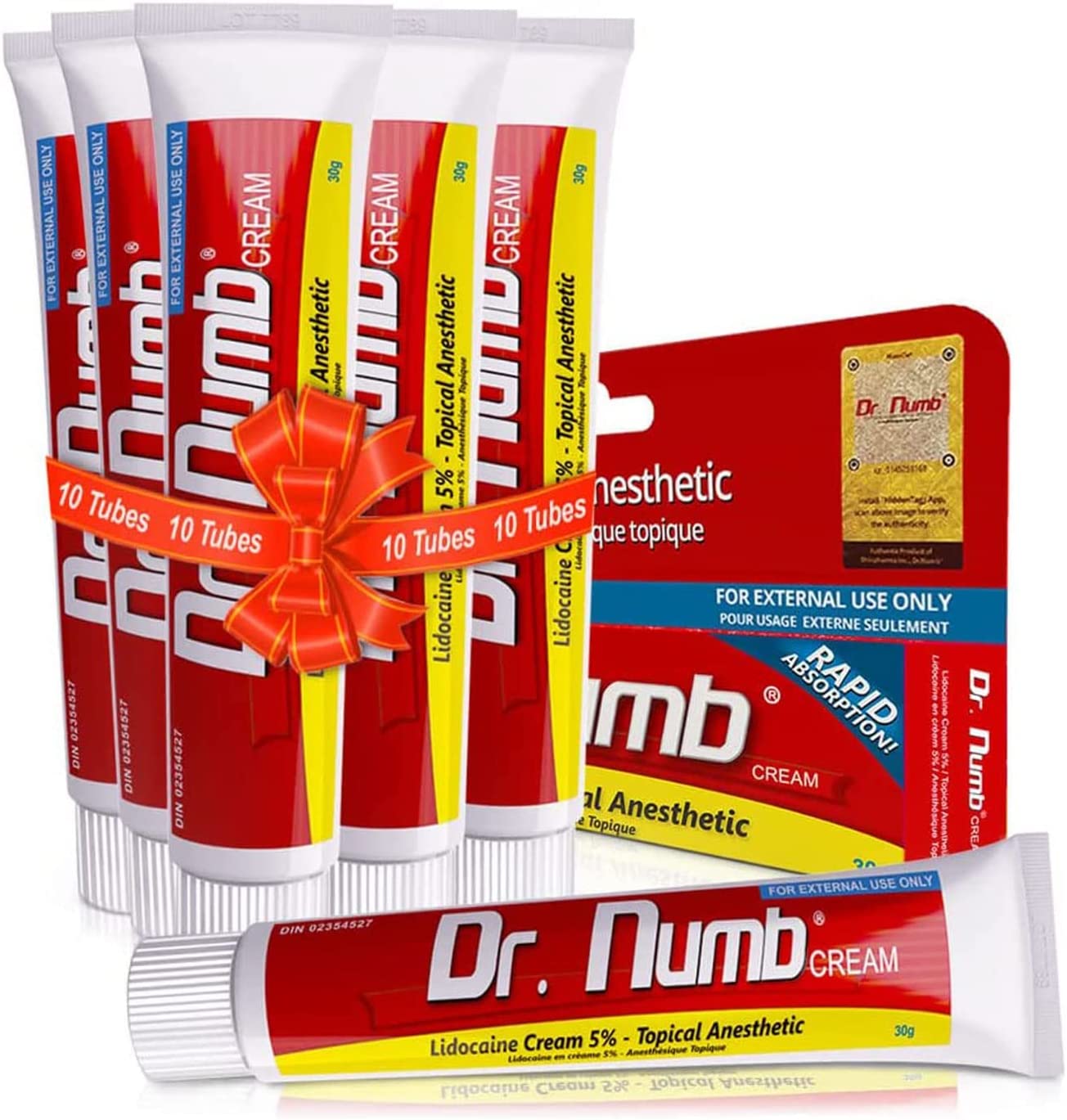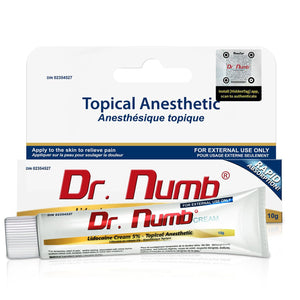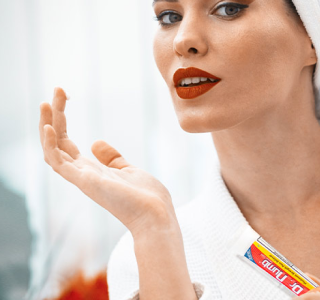Nose piercing pain is common among those who choose to decorate their nostrils. It can be a sharp, stinging sensation or a dull ache that lingers for weeks. While some pain is normal during the healing process, excessive discomfort could be an indication of an infection or allergy.
The reasons behind nose piercing pain and provide tips on how to reduce it. From using antibacterial ointments to cold compresses and anti-inflammatory drugs, there are many ways to ease nose piercing pain. Additionally, we'll discuss the healing timeline and how long it takes for a nose piercing to fully recover.
Keep on reading to learn more about nose piercing pain and how to make the healing process a breeze.
Pain Reduction In Nose Piercing: 6 Techniques

Nose piercings can be mild or severe, depending on the piercer's skill level, your pain tolerance, and the location of the piercing. Reducing nose-piercing pain is possible by following a few simple steps.
Cold Compress
A cold compress is an effective way to reduce nose-piercing pain. Applying a cold compress to the piercing site can help reduce inflammation, swelling, and pain. You can soothe your nose by wrapping an ice pack in a cloth or by placing ice cubes on it.
Hold the cold compress gently against the nose for 10-15 minutes. Take a break for a few minutes and then repeat the process several times a day. It's important to note that the cold should not be directly applied to the piercing, as it can damage the healing process.

Warm Compress
Reduce nose piercing pain by applying a warm compress to the pierced area. It softens crusts and discharge surrounding the piercing and relieves stinging. Use soaked paper towels every 2 minutes to maintain the warm temperature over the nose piercing for 5 to 10 minutes.
Saltwater Solution

When cleaning the nose piercing, saline solution is recommended to reduce pain. This can be done 2-4 times daily, ensuring the piercing is completely submerged in the solution for 7-10 minutes.
It is important to use a packaged sterile saline solution to prevent infection. Soaking in saline eases pain and speeds healing, resulting in less discomfort.
Chamomile Tea Bag:
Chamomile tea can be a simple and natural remedy for nose-piercing pain. To make chamomile tea, brew it for 3 to 5 minutes, then let it cool. Next, soak a paper towel in the solution and apply it to the piercing for approximately 5 to 10 minutes.
Maintain warmth by frequently soaking a new piece of paper towel continuously throughout the process. Chamomile's natural anti-inflammatory properties soothe the skin and reduce the sensation of pain.
Over-the-Counter Medications
Pain after nose piercing can be reduced with anti-inflammatory medications such as ibuprofen. These drugs can help promote a quicker healing process. Follow instructions and only take the recommended dosage. Discussing potential drug interactions with a healthcare provider before taking medication is crucial.
Topical Analgesics like Lidocaine:

Use topical analgesics like lidocaine to reduce nose-piercing pain. Our top pick is Dr. Numb® Numbing Cream 5% Lidocaine, which is safe for all skin types and works quickly to numb the skin.
Simply apply a generous amount to the area before the piercing, and wait for it to take effect. Using these products reduces nose-piercing pain.
Post-Piercing Care
A nose piercing requires proper care to prevent infection and minimize pain. There are a few essential techniques and habits to follow after piercings to ensure proper healing.
Following Aftercare Instructions Given By The Piercer
Piercing aftercare instructions are extremely important to follow. Here are some detailed bullet points for taking care of your piercing:
- Avoid alcohol, hydrogen peroxide, or other harsh chemicals, which can cause irritation and delay healing.
- Avoid touching or playing with your piercing; it can introduce bacteria and disrupt healing.
- If you need to touch it, ensure your hands are clean and sanitized.
- The water can contain harmful bacteria and other contaminants that can cause infection.
- Avoid wearing tight clothing or accessories that can rub against your piercing and cause irritation.
- Opt for loose-fitting clothing and avoid wearing excessive jewelry until your piercing has healed.
- Avoid using cosmetic products, such as makeup, lotions, or ointments, on or around your piercing. These products can irritate the skin and slow down the healing process.
- You should be aware of redness, swelling, pain, and discharge as possible signs of infection. If you experience these symptoms, immediately contact your piercer or healthcare professional.
Your piercing will heal faster and without complications if you follow these instructions. Follow your aftercare routine consistently to see the best results.
Regular Cleaning Of The Piercing Site

Regularly cleaning the piercing site is crucial for minimizing nose-piercing pain and preventing infections. It is recommended to clean the area two to three times a day using a saline solution or a gentle antibacterial soap. Avoid harsh chemicals or alcohol-based products that can irritate the skin and delay healing.
Before the piercing is fully healed, stay away from touching the piercing with unwashed hands. If your nose piercing causes discomfort, swelling, or redness, consult a professional piercer or a healthcare professional.
A practical and safe healing process depends on proper aftercare and hygiene practices.
Avoidance Of Certain Activities
After getting your nose pierced, certain activities may aggravate the pain and slow healing. Here's what you should avoid:

Direct Sunlight Exposure:
If you recently got a nose piercing, it is important to avoid direct sunlight exposure. Direct sunlight can irritate the piercing and cause pain. Wear a hat or umbrella to protect your piercing from the sun.
Excessive Sweating:
Excessive sweating can also worsen nose-piercing pain. Keeping the piercing area clean and dry is important to avoid potential infections. Use saline solution to clean the piercing twice daily and avoid touching or fiddling with the piercing as much as possible.
Swimming In Pools Or Hot Tubs:

Swimming in pools or hot tubs can be problematic for healing piercings. Avoid swimming for 4-6 weeks after getting a nose piercing to allow it to fully heal. Swimmers should clean their piercings with the saline solution immediately afterward.
Conclusion
Nose piercing pain can be managed in many ways by following proper aftercare guidelines, cleaning the piercing site regularly, and being aware of signs of infection.
Healthcare professionals should always be consulted if pain persists. By adhering to these guidelines, individuals can enjoy their nose piercing experience with minimal discomfort.
















![The Recovery Time and Stages of Nipple Piercings [Best Practices]](http://drnumb.ca/cdn/shop/articles/How_Long_Do_Nipple_Piercings_Take_To_Heal__3_Stages_Explained.jpg?v=1714373243)

